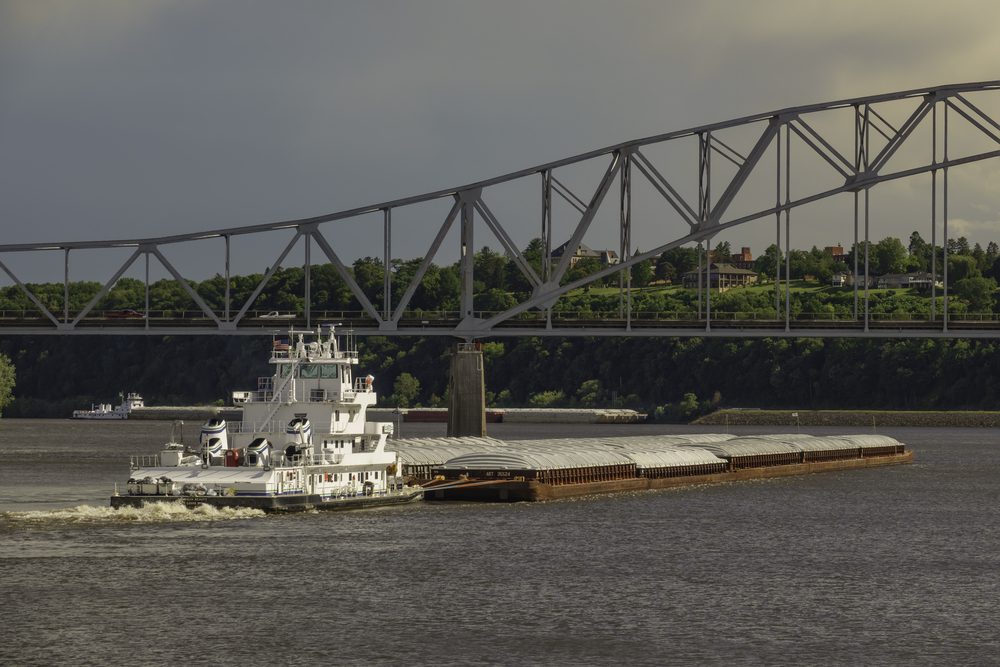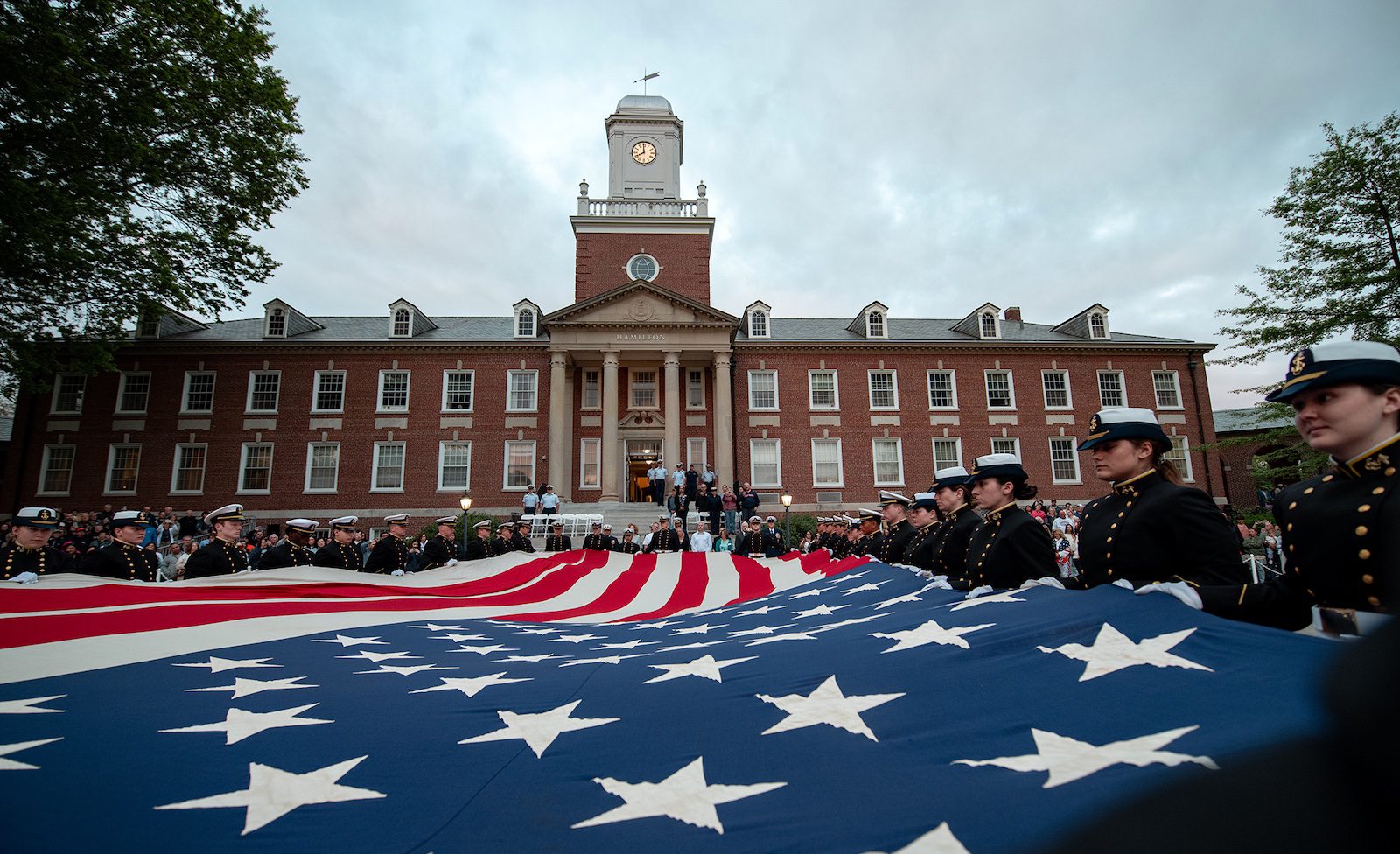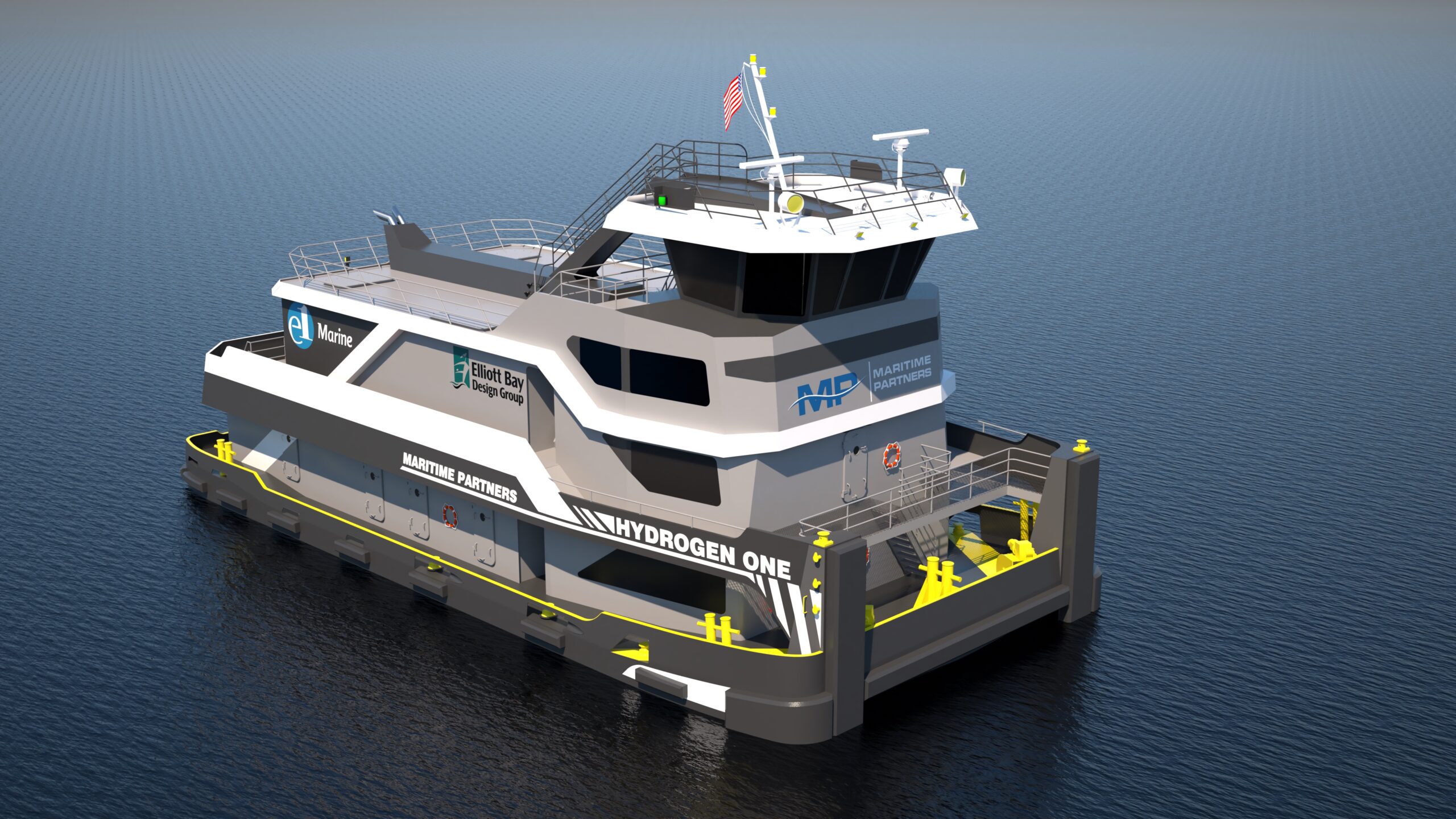gCaptain
Japan’s Ministry of Land, Infrastructure, Transport and Tourism (MLIT), in collaboration with ClassNK, released an updated report today on the investigation into what caused the high seas break-up and sinking of the containership MOL Comfort this past summer.
The primary findings of the investigation so far indicate that the predicted structural loads on the MOL Comfort at the time of the casualty, were 9.4 million kN-m, or 33 percent less than the overall hull strength of the vessel.
The total calculated force acting on the vessel was a combination of three things, the bending moment of the vessel in still water, wave-induced bending moment, and the whipping effect (superposition of the load due to ship motion and hull girder vibration.) In this case, the forces were 2.0 million kN-m (wave), 1.4 million kN-m (whipping), and 6.0 million kN-m (still).
The investigation committee notes that buckling deformations of approximate 20mm had been found on the sister vessels of the MOL Comfort, however the committee was unable to reproduce the deformations under their structural simulations, “even when applying loads near the ultimate hull girder strength,” according to the report.
In addition, the committee was unable to simulate the conditions of the ship’s fracture when taking into account the cargo loading effect on the vessel, or given the possible presence of “residual deformations” in the bottom shell plates in the vessel, similar to those deformations found in sister vessels.
The committee notes that according to the ship’s log, “the ship had encountered sea states in which it withstood a load of approximately 10.0 million kN-m around three and a half years prior to the accident, and no such fracturing accident had occurred in that instance.”
So what happened?
Considering the extreme conditions encountered three and a half years ago, the committee notes three possible scenarios:
- The real loads acting on the hull at the time of the accident exceeded the estimation;
- The Ship’s hull strength had been reduced due to possible presence of residual buckling deformations on the bottom shell plates or any other reasons; or
- Both of the above elements were combined.
Further Actions
The committee admits that considering their simulations were unable to replicate the disaster that unfolded this summer, further investigations will be needed to gain more insight into what specifically went wrong. Further investigations will include numerical simulations of the wave loads and the hull structure strength as well as full-scale stress measurements of sister ships, as well as similar measurements on other large containerships.
Temporary Safety Measures
The Committee recommends that the following actions be taken as temporary safety measures for existing container ships with loading capacities similar to or greater than 8,000 TEU class:
- A visual safety inspections on the bottom shell plates to the extent possible should be conducted on large container ships which do not require ballast water to maintain stability (primarily ships over 45m breadth, carrying 8000 TEU or greater) to confirm the presence of buckling deformations. Where the deformations are found, consult with a classification society regarding the proper measures to be
- taken.
- With regards to the proper management of cargo weight on the hull for large container ships in the 8,000 TEU class and over in particular, cargo loading planning for actual voyages could be frequently reached to the maximum permissible still water bending moment (hogging condition). In accordance with the deliberations at the IMO related to the enforcement of container weight verification prior to loading, verification of the actual weight of container cargoes provided by the shipper is recommended as a safety measure for large container ships.
- Other general items for caution include rough sea avoidance maneuvers such as speed reduction.
Read the full report HERE

 Join The Club
Join The Club











